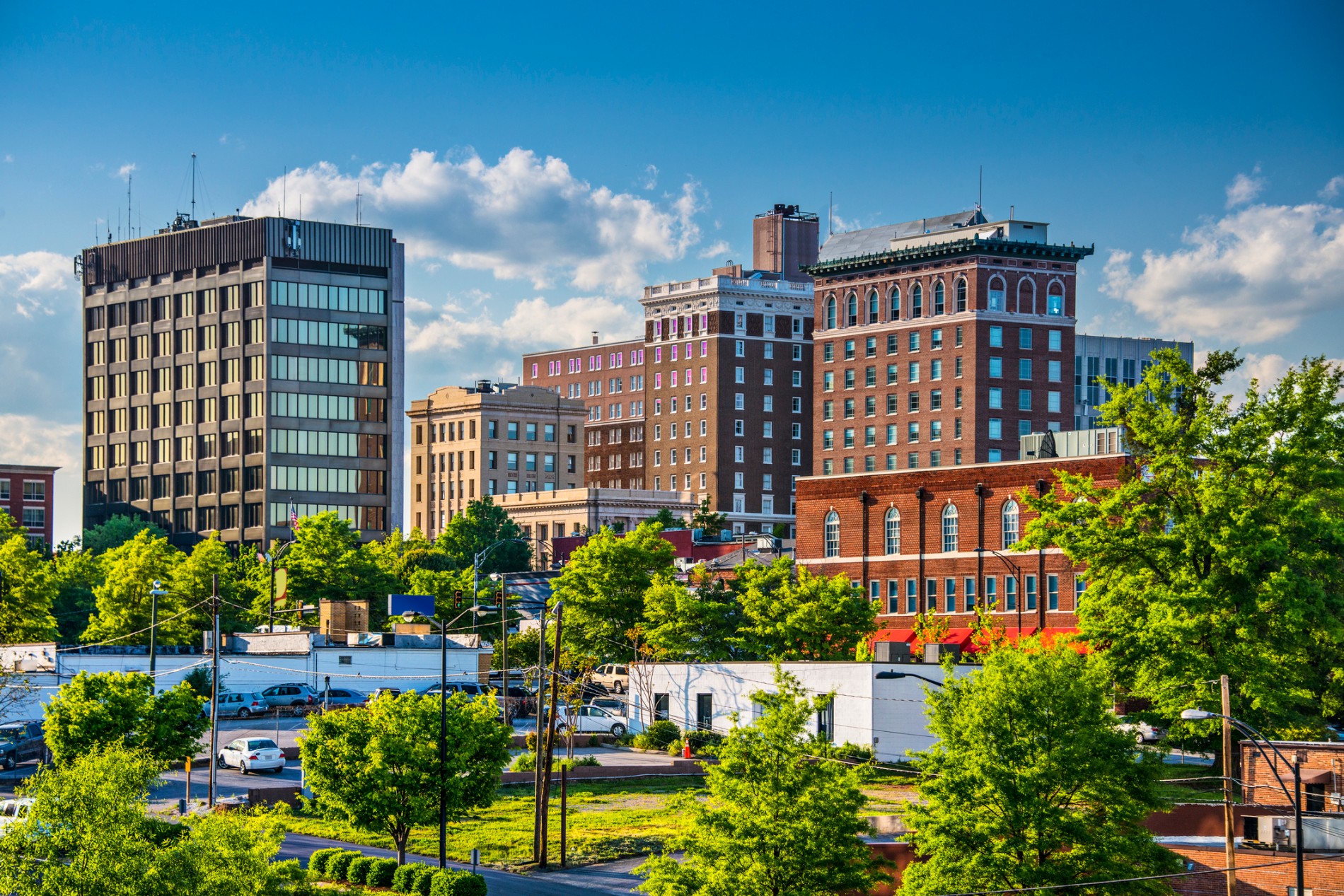What’s on most people’s “Wish List” when designing and building a home? More often than not, it’s lots of space, room for entertaining, updated kitchen, and, if you live in Greenville, SC like me, outdoor living. What people who live outside Greenville may not know, is that this sweet little southern town has grown smarter, not bigger, over the last few years and that now proximity to downtown tops most people’s wish list! Why?
As a young(ish) parent who is fortunate enough to live downtown, I was asked the other day why I chose the location I did to raise my family. “The schools,” I said without hesitation. My answer was met with a skeptical and puzzled look, one that isn’t surprising given that most blue ribbon schools aren’t necessarily located in an urban area. But Greenville, or “Yeah, That Greenville” as our Department of Commerce slogan goes, has turned downtown living into a very desirable commodity.
Drive downtown and you will see for yourself. For sale signs are a rarity, local businesses are thriving, and taking Greenville’s public transportation trolley is an enjoyable afternoon activity. Just ask my daughter; our lemonade stand lasted all of five minutes last July as she was cleaned out by 14 trolley riders who made their driver stop for an afternoon refreshment and a boost to her piggy bank.
All this is to say, the movement of urban renovations is thriving here in Greenville, but just as the growth of Greenville has, this movement is done in a very respectful and conservative way. Old, classic houses aren’t raised to make way for vinyl siding and hollow-core doors; these houses are given a hug of appreciation for their plaster walls and original oak floors. They just need love.
Isn’t love why we all do the things we do after all? I love my family, and therefore chose to raise them in a place where that neighborhood feel thrives, the schools are first class, and people look out for each other. Where local businesses continue to trump Amazon, entrepreneurialism is an appreciated and supported culture, and you can still stop by your neighbor’s house to borrow some sugar and leave three hours later with a full belly and a bit of a buzz. And love is why we at Alair don’t build houses, but rather, we build homes; the places where cookies are baked, wedding and baby showers are hosted, skinned knees are kissed, and yes, lemonade stands quench thirst of passersby.
It’s interesting to be in the middle of this movement to get back to Small Town USA. People stop to appreciate, and then renovate. But as builders, what do we help our clients look for in a home to renovate? A few simple and steadfast rules when evaluating these old homes are:
Small Rooms Don’t Have to Look Small
Older homes have smaller rooms, but that’s not always a deal breaker. The joy of living close to a thriving urban area is that you don’t spend all your time in your home. Maximize the classic nature of your home by using design elements rather than shape-shifting the walls to get the look you’re after. You’d be amazed how a well-placed mirror or larger windows can transform the feel of a room.
Kitchen and Storage
It’s a strong argument that a kitchen is the most complicated room in a home to renovate but, when done right, will provide the biggest return on investment. Older homes have smaller kitchens, there’s no doubt about that, but that doesn’t mean they lack for functionality. It’s important to consider the kitchen flow as well as storage needs before entering into a renovation.
Bring in the Natural Elements
According to Marc Appleton, “half the experience of living indoors is seeing the outdoors.” The more you are able to see the outdoors, the bigger a space will feel. So when remodeling an older home, install large windows or maybe even French doors or Nanawalls to maximize access to the outdoors.
